Table of Contents:
Introduction to making white wine or rosé
Hi there. Thank you for consulting this article, which should help you step-by-step with making delicious white wine or rosé. Rosé is actually made like white wine. That's why I'm covering making white wine and making rosé in the same article.
I'm going to break this article about making white wine into 10 steps, from harvest (1) to bottling (10). I can't wait to help you get started on your winemaking adventure.
In a previous general article about winemaking, I offered some very important general tips. If you haven't already, I definitely recommend reading the article below first.
In the article you're reading here, I'll explain everything I know about making white wine and rosé. And I guarantee you, we're aiming for top quality. There's no reason why hobby wine should taste any worse than wine made by (semi-)professional winemakers.
I do think it's important to take your hobby and passion seriously and invest in good equipment. That doesn't always mean it has to be expensive, but we're not going to skimp on hygiene, measuring equipment, or ease of use. For example, we're not going to destem 100 kilos of grapes with a fork. That doesn't make anyone happy, not even your (oxidizing) must.
What do you need to make white wine per phase
To make things easier for you, I've compiled a list below for each step of the vinification process. You can use it as your checklist. I'll occasionally provide some information about why you need it. Don't worry, I'll explain the choices and how to use the equipment in detail later in this article.
Step 1: Cleaning your equipment and general matters
- For cleaning: Use a neutral soap to clean everything that comes into contact with your grapes, must, juice, or wine. I also often use the dishwasher on the hottest setting. You can loosen baked-on bits with Puro oxi . This is sodium percarbonate, a natural product that (just like hydrogen peroxide) releases solids on contact with a smooth surface. It also works well for removing odors and degreasers. Puro oxi is never far away for cleaning a dame jeanne, cleaning the taps on my tanks, and soaking my measuring cups, hydrometer, etc. in it after use. Always clean after use and store everything dust-free. This way, after a quick rinse and disinfection, you can quickly get started on the next harvest.
- Disinfectants to disinfect anything that comes into contact with your grapes, must, juice or wine
- Potassium metabisulfite and citric acid . 1 gram of potassium metabisulfite and 0.5 grams of citric acid per liter of water is a strong disinfectant. The sulfuric smell isn't for everyone; I also use more Alcodes.
- Alcodes alcohol solution sprayer for those difficult nooks and crannies (wine presses, crushers/destalkers, floating lids, taps, etc.). This solution kills bacteria and mold and evaporates as it dries. So you don't need to rinse, which could risk recontaminating your equipment.
- A good vinification schedule that guides you step by step.
- Writing materials
- Coffee spoon
- A measuring cup for precision scales to weigh potassium metabisulfite and citric acid.
I will make a shopping list for you step by step:

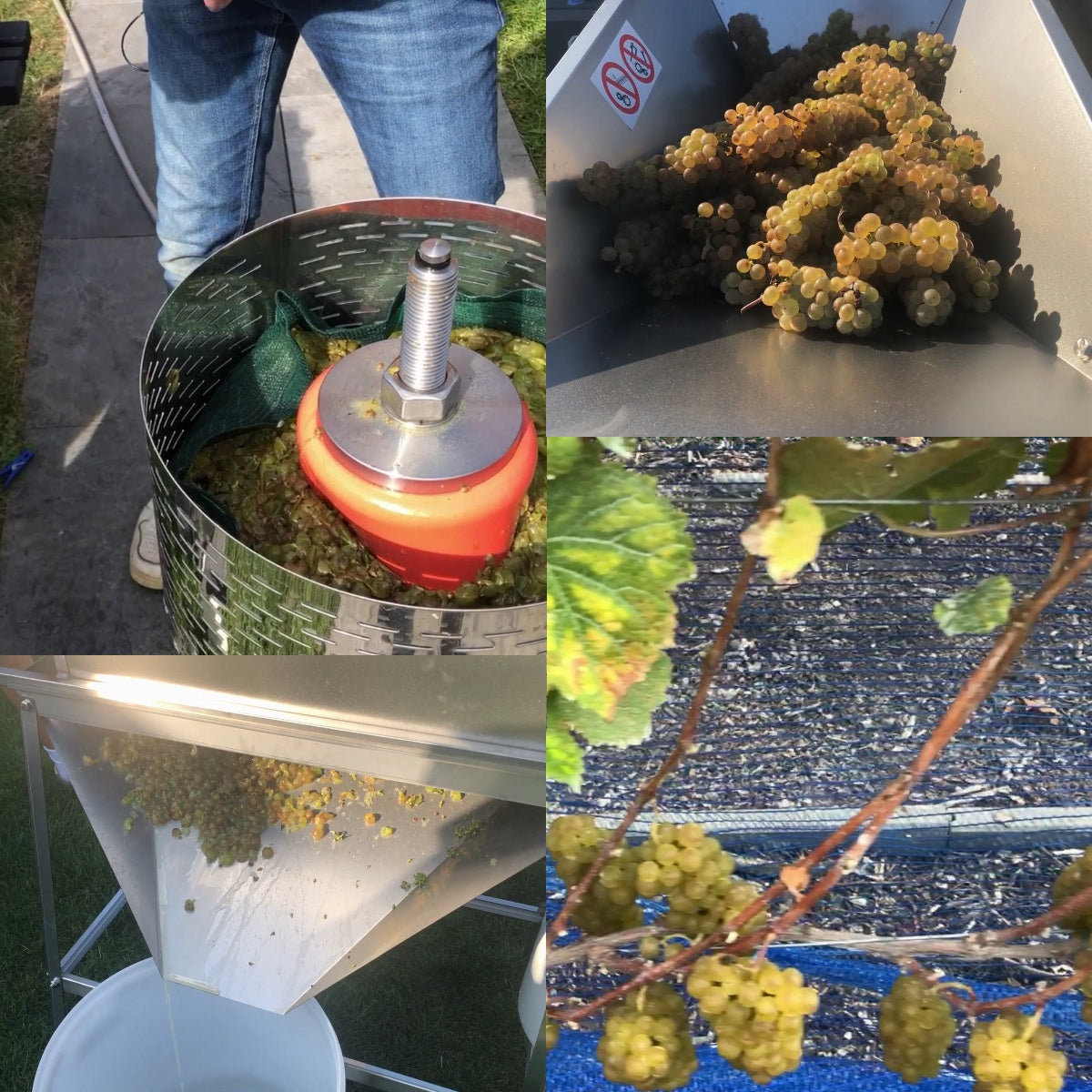


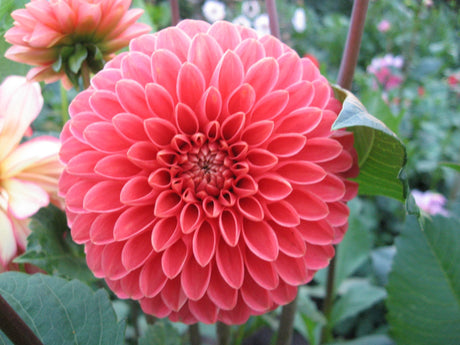
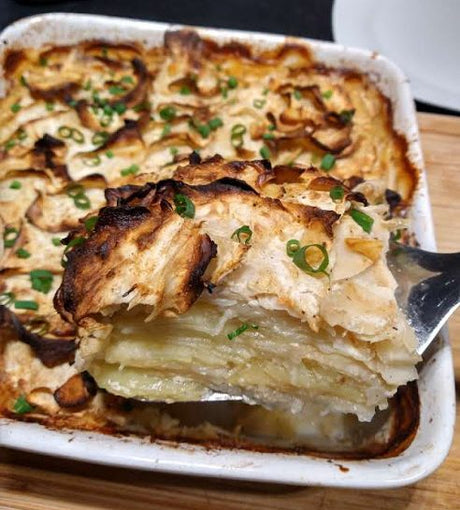
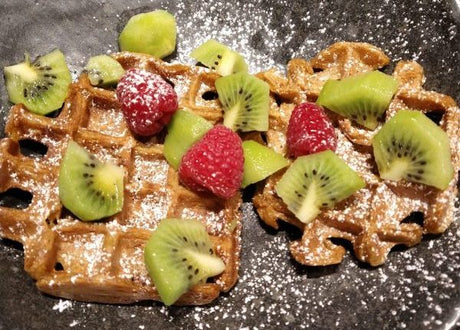


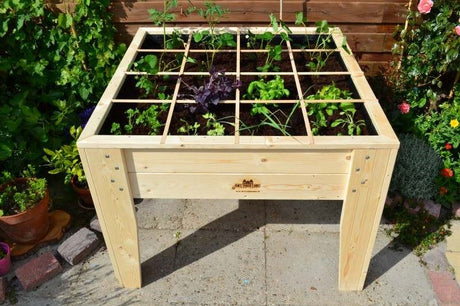
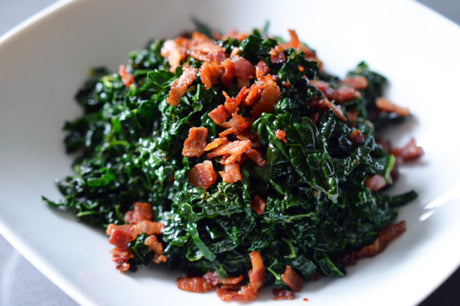
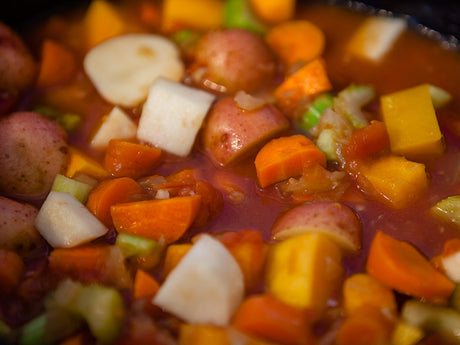
3 comments
Beste,
Je blog is heel duidelijk maar ik heb dezelfde vraag als de 2 voorgangers, is de verdere info terug te vinden op de website of kan ik deze ergens anders vinden? Alvast bedankt voor een antwoord.
Hallo Tom,
Net zoals de vorige lezer vind ik je blog geweldig. Zeer gestructureerde en hulpvaardige uitleg, die ik kan gebruiken bij het voortzetten van de hobby van mijn vader (we namen afscheid van hem begin dit jaar). Ik heb namelijk dezelfde vraag als de vorige lezer : ’ Wat betreft het artikel “Hoe maak je je eigen witte of rosé wijn – stap voor stap”, het stopt bij stap 4 en ik kan de uitleg van de volgende stappen niet vinden. Is dit normaal of heb ik niet goed gezocht?’ Alvast bedankt!
Hallo Tom,
Ik vind je blog over wijn geweldig. Samen met vijf vrienden bezitten we een kleine wijngaard met 600 wijnstokken in Henegouwen en we willen dit jaar voor het eerst wijn produceren. Dat is spannend, maar er komt ook veel bij kijken, zoals de apparatuur en het wijnbereidingsproces. Het is waar dat het voor amateurwijnmakers zoals wij niet eenvoudig is om de juiste informatie op internet te vinden. Uw blog is perfect voor ons en zal ons zeker helpen. Wat betreft het artikel “Hoe maak je je eigen witte of rosé wijn – stap voor stap”, het stopt bij stap 4 en ik kan de uitleg van de volgende stappen niet vinden. Is dit normaal of heb ik niet goed gezocht? Bedankt voor uw antwoord en veel succes.